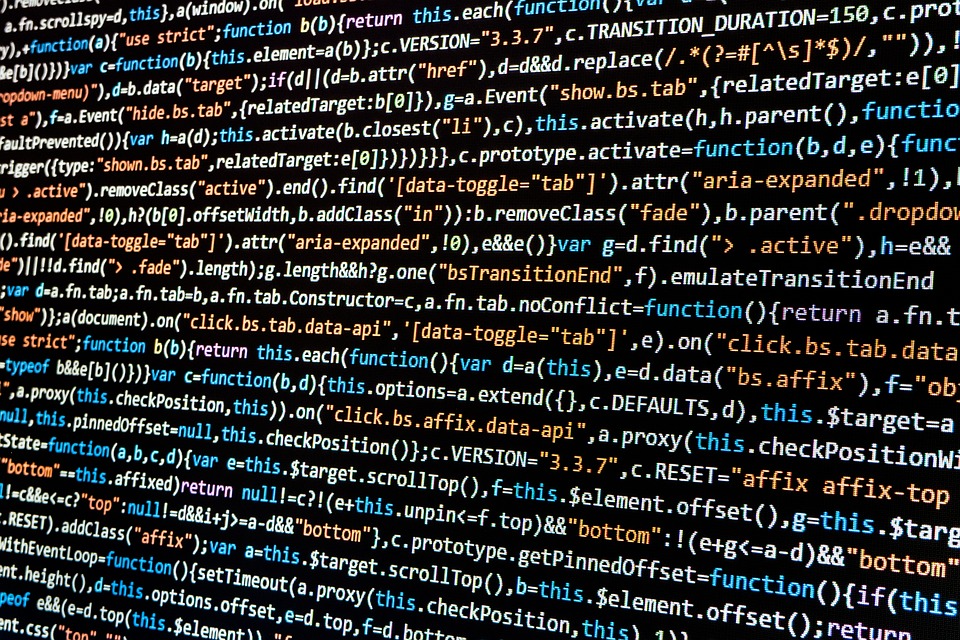In today’s digital landscape, user attention is a precious commodity. Captivating your audience often hinges not only on aesthetics but on creating a seamless, engaging experience. One of the most effective ways to enhance user engagement is through Motion UI development. This approach leverages animations and transitions to create an interactive experience that captivates users and encourages them to explore further. In this article, we’ll dive into the benefits of Motion UI, its impact on user engagement, and highlight popular frameworks like Motion UI and GreenSock that can help you build stunning interactive experiences.
Why Motion UI Matters
1. Creating a Connection
Each animation serves as an emotional bridge between the user and the web application. Think about the simple action of scrolling down a page. An animated transition can create a sense of rhythm and flow, making users feel more in control of their interaction.
2. Enhancing Usability
Animations are not just about aesthetics; they can significantly improve usability. By providing visual cues, animations guide users, indicating that their actions (like clicking a button or submitting a form) are indeed recognized. This feedback loop is crucial in making an interface feel more intuitive and responsive.
3. Adding Visual Hierarchy
A well-implemented Motion UI introduces visual hierarchy, making it easier for users to comprehend the structure of information. Important elements can be animated to draw attention, prompting users to engage with key features or calls to action.
4. Encouraging Exploration
Effective animations can entice users to engage with various elements of an application. For instance, a hover effect might illuminate additional options or features, leading users deeper into the site experience. When users see things moving, they’re often compelled to investigate what is happening.
Frameworks to Elevate Your Motion UI
As demand for interactive experiences continues to grow, several frameworks have emerged to support developers in creating captivating Motion UI. Two of the most popular are Motion UI and GreenSock.
Motion UI
Motion UI is a Sass library designed specifically for creating animations in web applications. As part of the Foundation framework, it simplifies the animation process by offering a variety of pre-built transitions and animations, allowing developers to focus on the overall user experience rather than getting bogged down in complicated CSS properties. Key features of Motion UI include:
- Predefined Animations: Motion UI comes with a collection of animations that can be applied to any HTML element, ensuring quick and consistent results.
- Responsive Animations: The library allows for animations to adjust based on screen size, enhancing usability across devices.
- Customization: Developers can easily customize the animations to fit the brand and design ethos of the application.
GreenSock (GSAP)
GreenSock Animation Platform (GSAP) takes Motion UI to the next level with advanced capabilities tailored for developers committed to delivering a top-notch user experience. GSAP is renowned for its fast performance and unmatched flexibility. Here’s what makes it a favorite:
- High Performance: GSAP is optimized for speed, capable of handling complex animations with minimal impact on the overall site performance.
- Timeline Control: The timeline feature allows developers to manage multiple animations, enabling precise control over sequencing and timing.
- Cross-Browser Compatibility: GSAP consistently performs well across all major browsers, giving developers confidence that users will have a uniform experience regardless of their choice of platform.
Best Practices for Motion UI Development
While incorporating animations can significantly enhance user engagement, a few key practices can ensure they’re employed effectively:
- Keep it Subtle: Overly complex or flashy animations can be distracting, so aim for subtle transitions that enhance rather than detract from the functionality.
- Prioritize Performance: Heavy animations can slow down your web application. Optimize your animations to ensure they run smoothly across all devices.
- Test and Iterate: User feedback is invaluable. Conduct usability testing to gauge how users respond to animations and be ready to refine them based on what you learn.
Conclusion
Incorporating Motion UI development into your web applications can profoundly impact user engagement and satisfaction. By choosing the right frameworks like Motion UI and GreenSock, you can craft interactive experiences that not only captivate your audience but also drive them to explore the depths of your application. Remember, in an increasingly competitive digital environment, harnessing the power of motion is no longer just a nice-to-have—it’s a vital element to keeping users engaged and coming back for more. So, get ready to unlock the full potential of Motion UI in your development projects!




